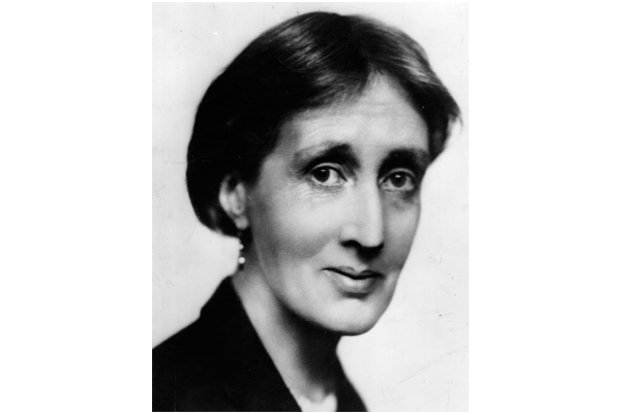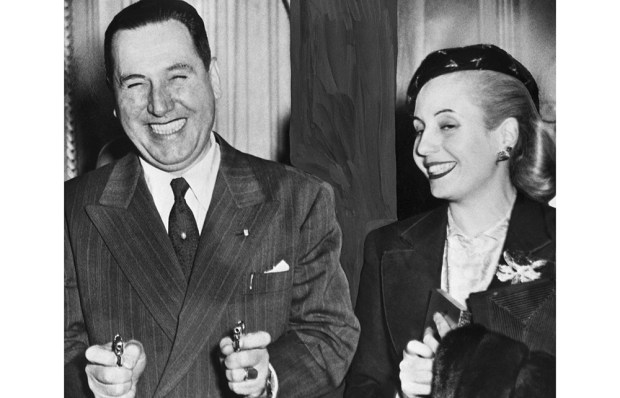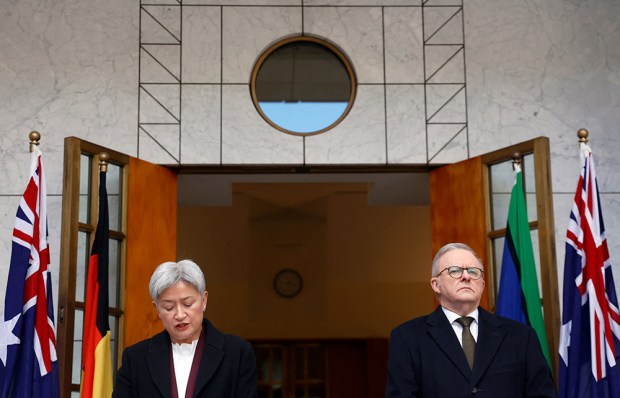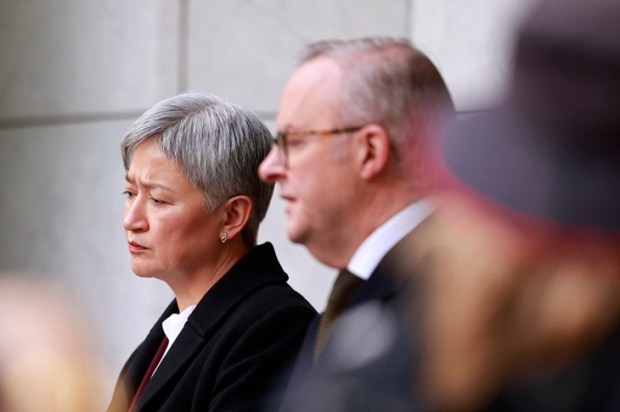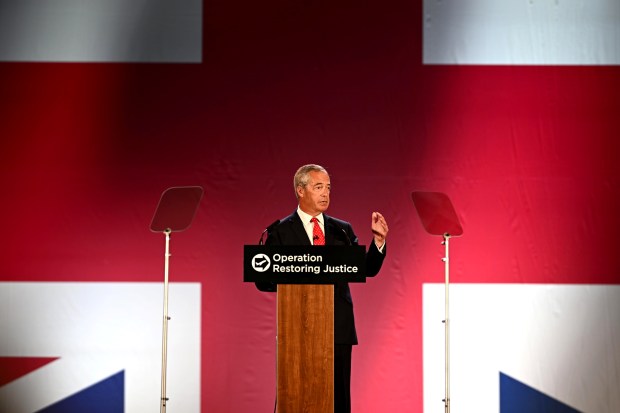Trigger warnings—alerts before content that could cause emotional discomfort—are an attack on intellectual freedom. The warnings change understanding, damage student mental health, and contradict the entire purpose of higher education: to challenge, not coddle, students.
Following the concerning American trend, trigger warnings have quietly crept into Australian universities in recent years. They have become replete across student publications and organisations, and at the discretion of academics, in lectures. However, for the militant left, their optional adoption is not enough. Trigger warnings will shortly become formalised at one of Australia’s top universities.
According to university committee documents, Monash University will become the first higher education institution in Australia to introduce a formal trigger warnings policy. This comes despite apparent resistance from academics and concerns over censorship. Monash has decreed that, from Semester 1, 2017, unit course guides will include a section on trigger warnings for academics to fill out.
This move comes after extensive lobbying by Monash students, including from the National Union of Students president and Monash Student Association immediate past president, Sinead Colee. (Colee stunningly ignored a formal National Union of Students motion against trigger warnings in late 2015, and has continued advocating for their adoption.)
How has a concept that did not exist in the lexicon, let alone on campus, five years ago swiftly achieve formal institutional implementation?
Trigger warnings first appeared in the depths of the internet, on select feminist message boards. They were initially used sparingly, largely to forewarn of graphic descriptions of sexual assault and rape.
However, their recent adoption at universities across the Western world is far more expansive and sinister. They are being used for issues such as racism, homophobia, disability, colonialism, torture, and, at Melbourne’s La Trobe University Student Union, body image, eye contact, food, and insects.
Students have called for trigger warnings on F. Scott Fitzgerald’s The Great Gatsby due to its ‘gory, abusive and misogynistic violence’, Virginia Woolf’s Mrs Dalloway because of ‘suicidal inclinations’, and Ovid’s Metamorphoses because of ‘sexual assault’.
Not only are these type of warnings nonsensical—the very purpose of this material is to elicit an emotional response—they are dangerous to the intellectual climate on campus.
If students continue to engage, the warning changes the understanding of the content. Trigger warnings skew perceptions by highlighting certain elements. In effect, the warnings tell students what and how to think about a piece of content, rather than allowing them to reach their own conclusions.
If students do not read the material or leave a class because of a trigger they will never be exposed to the ideas. This defeats the entire educational purpose of higher education: to expose young people to a variety of thinking, especially ones they find challenging.
Universities, by encouraging the avoidance of challenging content, are failing to prepare students for life outside of campus. In the real world there are no trigger warnings. We are not told before something offensive is voiced and coddled from emotionally challenging ideas.
There are also serious mental health concerns surrounding use of trigger warnings.
For students who do not have pre-existing experiences, trigger warnings themselves encourage the establishment of fears students would otherwise not have. If you tell a student they might feel a strong negative emotional response to a piece of material it is far more likely that they will.
For students who have existing issues, the notion of trigger warnings, which encourage them to totally disengage from the material, could in fact make their fear worse. This is why psychologists use exposure therapy—that is, facing your anxieties, not avoiding them.
In practice these warnings make it far more difficult to discuss sensitive content. Academics have begun self-censoring, avoiding teaching material that could cause discomfort for fear of receiving complaints or negative responses on student feedback. Two professors at the University of Northern Colorado were recently investigated for simply proscribing readings with multiple views on issues such as abortion, same-sex marriage, climate change, and transgenderism. The academics were reprimanded by students not for expressing a contrary position, but simply for teaching that there is one.
One American university, Oberlin College, explicitly recommends that academics ‘remove triggering material when it does not contribute directly to the course learning goals’. In this culture, where academics have to forewarn about challenging ideas and face student backlash, it is much easier to simply not teach them in the first place.
University of Melbourne senior lecturer Lauren Rosewarne is a user and proponent of trigger warnings. Nevertheless, she warns students have begun to ‘police’ her language, and arrive in class with their views fully formed, refusing to read, or engage in discussion about, opposing material.
The Institute of Public Affairs’ Free Speech on Campus Audit 2016 found that eight-in-ten Australian universities have policies or have taken action that unambiguously threatens free speech. Just one university has no threats.
Trigger warnings form a key part of the growing anti-intellectual culture in our classrooms. They encourage further disengagement, and academic self-censorship. Students often advocate for trigger warnings merely for content they find disagreeable or offensive, seeking to shut down discussion of opposing ideas.
Universities that succumb to the concept of trigger warnings and not teaching certain materials are failing in their core mission. Education is not about opting in or out of content we disagree with or find discomforting. Universities should be a place where students are challenged by their academics, different viewpoints are encouraged, and intellectual combat is the norm.
Matthew Lesh is a research fellow on the Future of Freedom Program at the Institute of Public Affairs
Got something to add? Join the discussion and comment below.
You might disagree with half of it, but you’ll enjoy reading all of it. Try your first month for free, then just $2 a week for the remainder of your first year.

